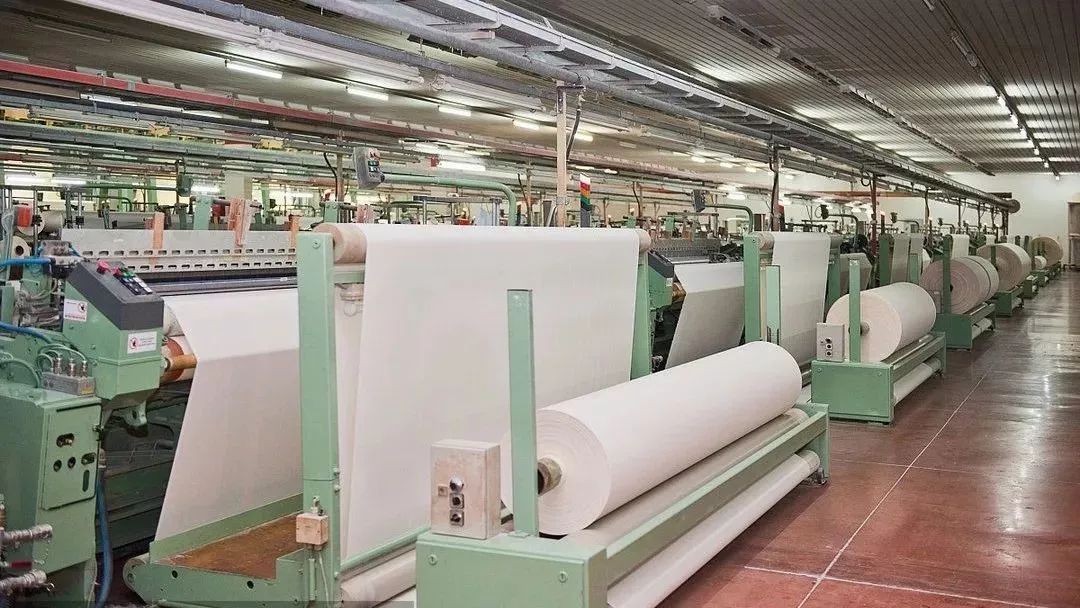Contact hotline

After more than half a century of development, the surfactant industry worldwide has matured. Due to well-known reasons, the production center of the textile industry has gradually shifted from traditional Europe and the United States to Asia, resulting in a rapid increase in demand for textile additives in the Asian region.
There are nearly 100 categories of textile additives worldwide, producing nearly 16000 varieties and an annual output of approximately 4.1 million tons. Among them, there are 48 categories and over 8000 varieties of textile additives in Europe and America; There are 5500 varieties in Japan. According to reports, the sales of the world textile additive market reached 17 billion US dollars in 2004, far exceeding the sales of the dye market in 2004.
Current Situation of Textile Additives
There are nearly 2000 varieties of textile additives that can be produced in China, with over 800 frequently produced varieties and around 200 main varieties. In 2016, the production of textile additives in China exceeded 1.5 million tons, with an industry output value of 40 billion yuan, which also exceeded the output value of China's dye industry.
There are about 2000 textile additive manufacturers in China, with the majority being private enterprises (joint ventures and sole proprietorships accounting for 8-10%), mainly concentrated in provinces and cities such as Guangdong, Zhejiang, Jiangsu, Fujian, Shanghai, and Shandong. The textile additives produced in China can meet 75% -80% of the domestic textile market demand, and 40% of the domestic textile additive production is exported to foreign countries. However, there is still a significant gap between domestic textile additives and international advanced levels in terms of variety and quality, as well as synthesis and application technology. Specialized and high-end textile additives still have to rely on imports.
The ratio of textile additives to fiber production is 7:100 on the world average, 15:100 in industrialized countries such as the United States, Germany, the United Kingdom, and Japan, and 4:100 in China. According to reports, environmentally friendly textile additives account for about half of the world's textile additives, while environmentally friendly textile additives in China account for about one-third of the existing textile additives.
Today, the textile industry, especially the dyeing and finishing industry, has been designated as a heavily polluting industry by the national regulatory authorities. The impact and pollution caused by textile additives on the environment and ecology in the production, manufacturing, and application processes cannot be ignored and urgently needs to be addressed. On the other hand, vigorously developing environmentally friendly textile additives that are in line with ecological development is extremely important for improving the overall competitiveness of the additive industry, improving the quality and technical level of textile additive products, and is the key to sustainable development of the industry. Textile auxiliary products not only need to meet the market demand of the domestic dyeing and finishing industry, but also meet various quality standards for textile exports.